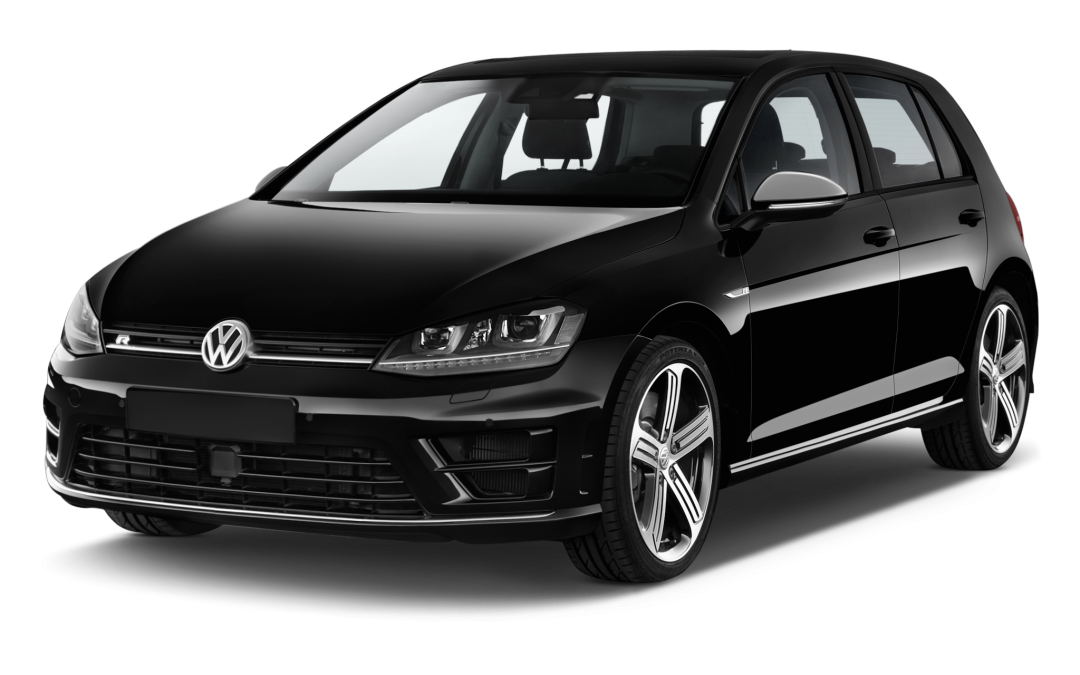
by Chek Digital | Nov 2, 2018 | car history, Volkswagen
The Volkswagen Service Team at Volks Affair takes a look at one of the most popular models of Volkswagen – the Golf.
1970s – The Volkswagen Golf is Born
Even the Pope owned a Golf – this was Volkswagen’s replacement for the Beetle. The Golf was the new generation of ‘people’s car’. It was meant as a classless, affordable car for everybody. And that’s what it became. Its popularity took off and Volkswagen again proved to know what people were looking for in a car. The small rectangular hatchback – Mark 1 model – was just the right combination of fun, affordability and utilitarianism. In 1976 they launched the GTI edition and a convertible version for those who could afford to spend a little bit extra.
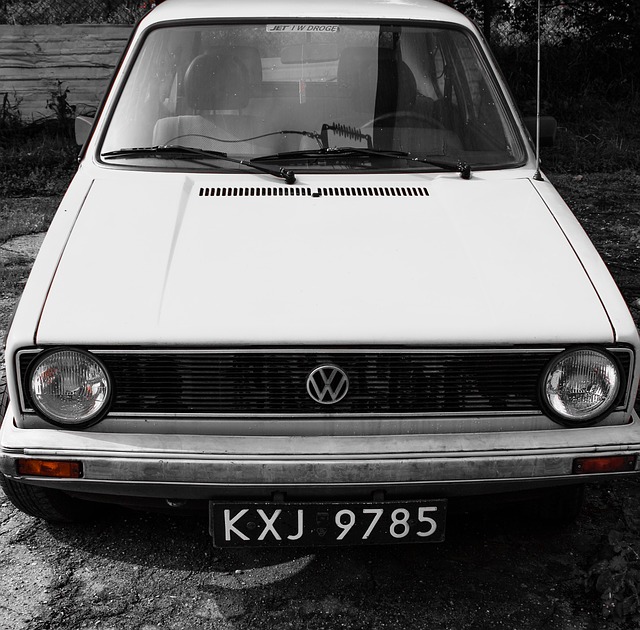
1983 – Golf Mark 2 Hits the Market
This update saw the Volkswagen Golf get a little roomier. The look stayed similar – still rectangular but with some updated technology. By 1988 it had sold more than 10 million.
1991 – Golf Mark 3 Shape Shifts
Not so boxy anymore – Volkswagen gave this Model a rounder look and enhanced safety features. The 1990s were seeing a rise in car safety standards – the Golf introduced front airbags to its line and ABS become a standard feature by 1996. The Golf TDI or turbo diesel direct-injection Golf became popular and was the first compact car to have this feature.
1997 – Golf Mark 4 Makes a Slick Debut
Modern, up-to-date and still popular, the Golf 4 rounded their shape some more and future models still have this recognisable design.
2003 – Golf Mark 5 Modernised Further
Keeping its shape the Golf Mark 5 increased the cargo volume and slightly improved the size of the interior. Unfortunately, it faced criticism that the interior seemed cheap.
2008 – Golf Mark 6 Safety First
The Mark 6 improved safety technology and included 7 standard airbags. It received a 5-star safety rating from Euro NCAP. It also addressed the previous critiques of a cheap interior and improved the quality.
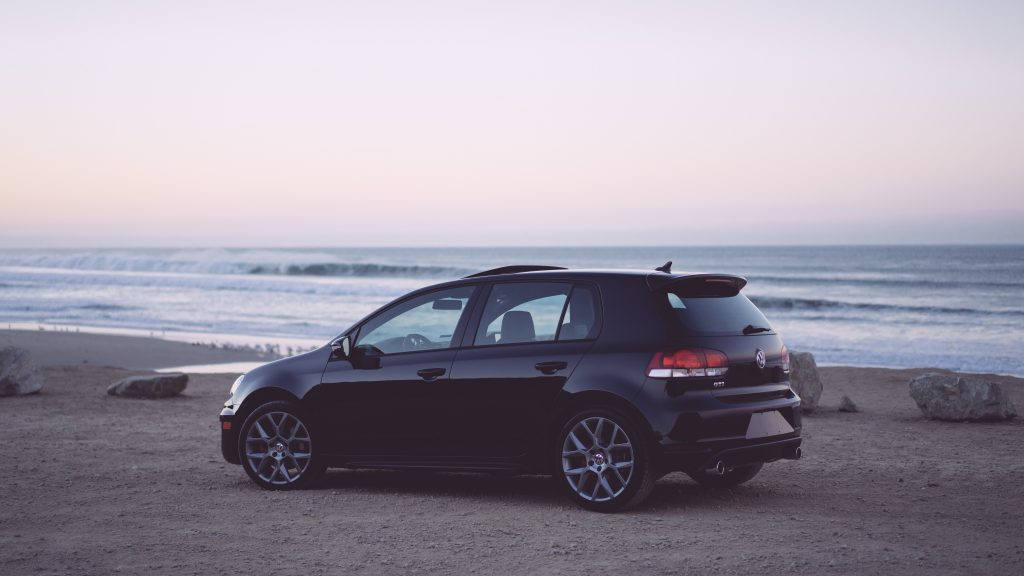
2012 – Golf Mark 7 Proving the Volkswagen Brand Stands the Test of Time
Still popular and still going strong. Our Volkswagen Service Team at Volks Affair in Melbourne are keen to service all types of this popular people’s car. Give us a call and book your service today.
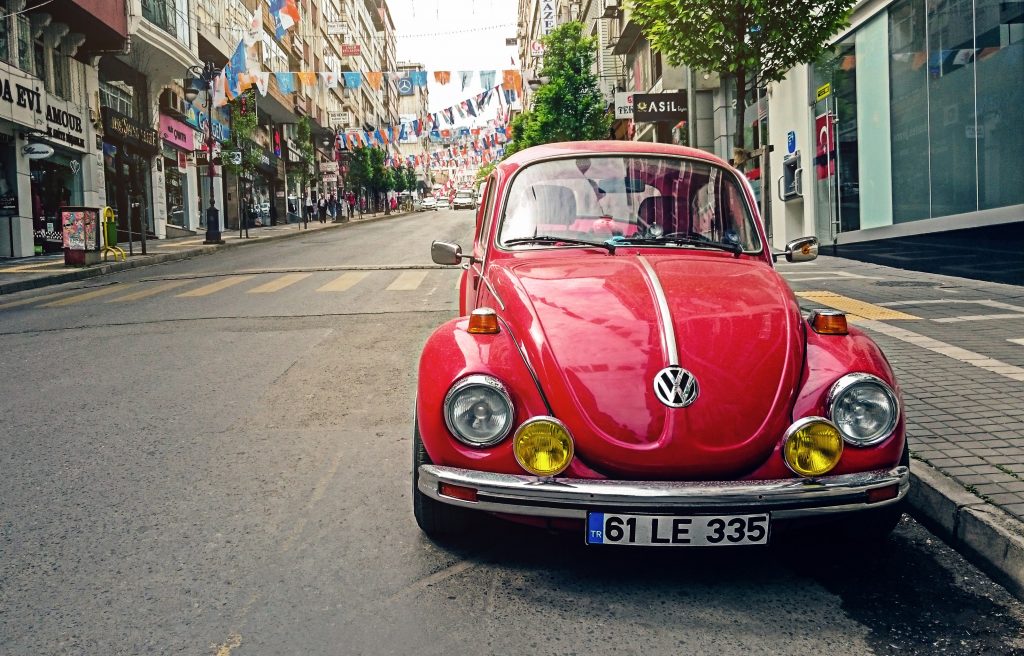
by Chek Digital | Oct 31, 2018 | car history, Volkswagen

I guess you could say it’s the end of an era. Volkswagen has announced they will stop production of the iconic VW Beetle in 2019.
I have great memories of roaring around town as a child in my mum’s VW Beetle. Roaring is certainly the right word to describe the loud rear-engine bug of a car. Any conversation had to be yelled over the noise of the engine coming in through our open windows. Hot summer days meant we’d stick to the leather seats and have to peel ourselves out of the car once we’d reached our destination. In fact, the seats were so low, my mum needed a cushion to see over the steering wheel. Those were the days!
Volkswagen’s Beetle: The Great ‘People’s Car’
The Beginning
The Beetle started its life in Germany in the 1930s – the vision, as commanded by Adolf Hitler, was to produce a cheap car that could be mass produced and sold to the German people. It was designed by Ferdinand Porsche (yes, the founder of the Porsche car company).
The outbreak of World War II saw the commercial production of the Beetle stopped – only 210 had been made. Through the war, a few variants were produced for the military elite, but an air raid damaged the factory and all production halted in 1944.
Mass Production Begins
Post-war the British took over the damaged factory. Instead of destroying it, a strategic thinking British Army Officer, Major Ivan Hirst, realised that the factory might benefit both the British and the war-torn Germans. There was a desperate need for jobs in Germany and the British Army needed vehicles. He got the factory running again and saw that the British Army approved the commission of 20 000 cars. This new outlet of cheap cars quickly led to the establishment of sales and export networks across Europe and by 1955 the one-millionth car rolled off the production line.
‘The Bug’ steals our hearts
As they say, the rest is history. The Beetle, affectionately known as ‘The Bug’, is a car that has many stories to tell. It helped Germany promote a more positive image after the war and it afforded many a student and young family a means of transport. Its enduring popularity and iconic status are a testimony to our fondness for this fun, little car. It will be missed but definitely not forgotten!
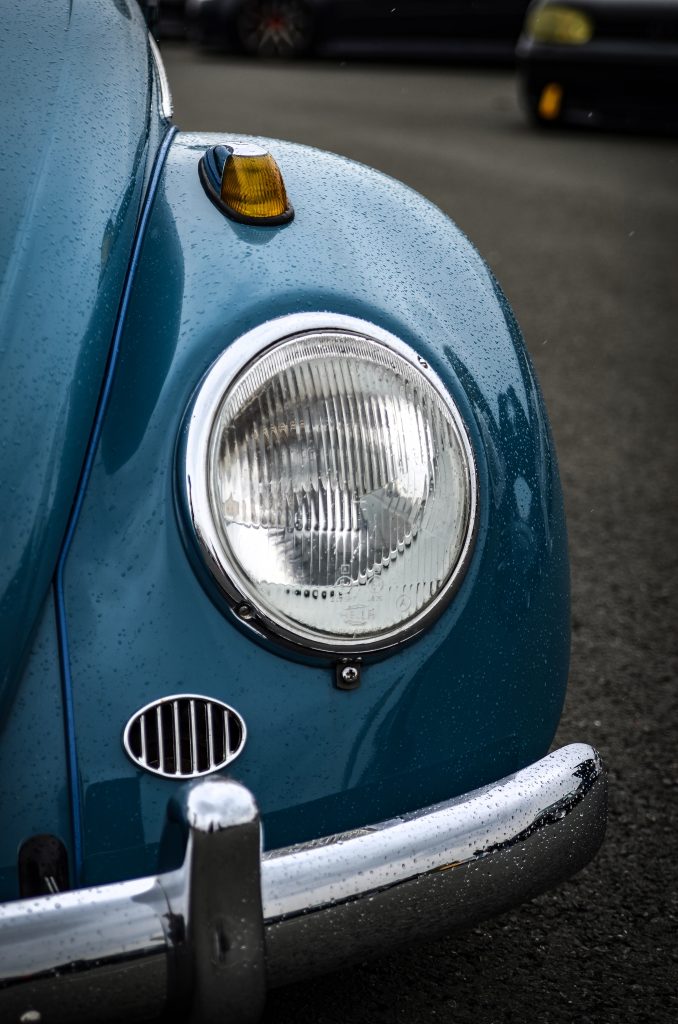
Fun Facts
- The original Beetle stayed in production for 6 decades.
- A jaw-dropping 21 529 464 Beetles have been produced
- It’s the most-manufactured car of a single platform ever
- It was voted the 4th most influential Car of the 20th Century in 1999
Volks Affair – German Car Service Specialists in Melbourne
The future of Volkswagen lies in electric cars and family cars. If you’re a VW owner, make sure your car is serviced by a reputable service centre. Volks Affair is an independent German Car Service Centre in Melbourne. We love keeping our customers’ cars in top condition. Give us a call today to book a service.
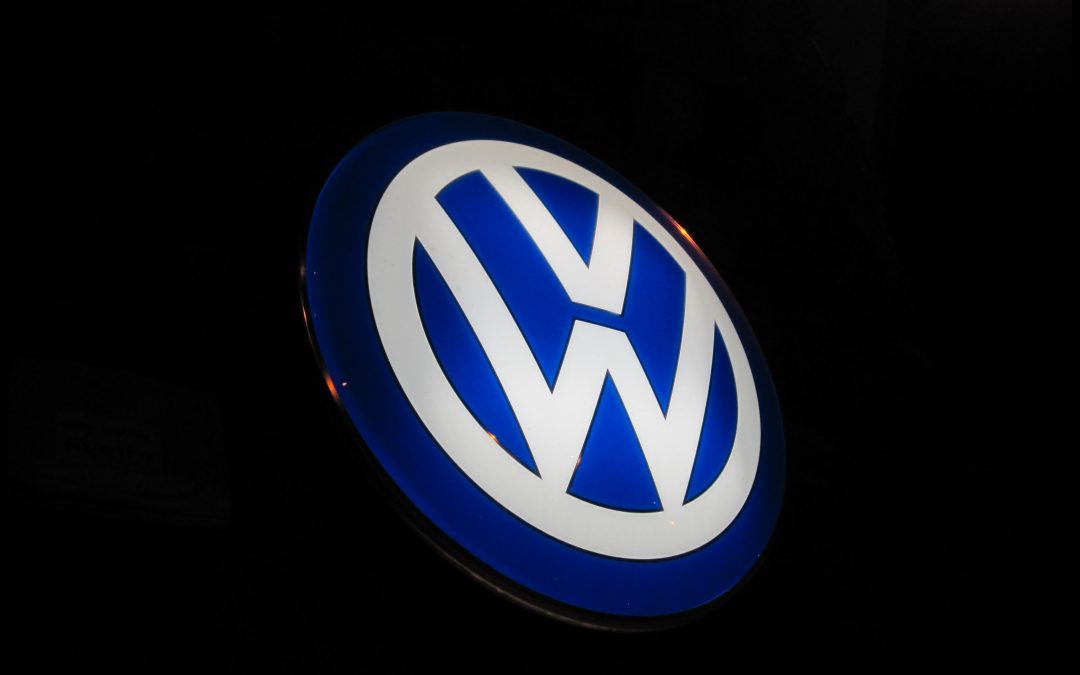
by Chek Digital | Jun 8, 2018 | car history, electric cars, Volkswagen
Volkswagen announced that they will be updating their logo next year. How it will change is a mystery: the company is remaining tight-lipped. What we know so far is that the badge will look “as good on a smartphone as it does on a car”.
Volkswagen are focusing more on electric vehicles — the brand want to have an electric version of their entire fleet by 2030. We imagine that the new logo is being designed to reflect VW’s electric future. (more…)
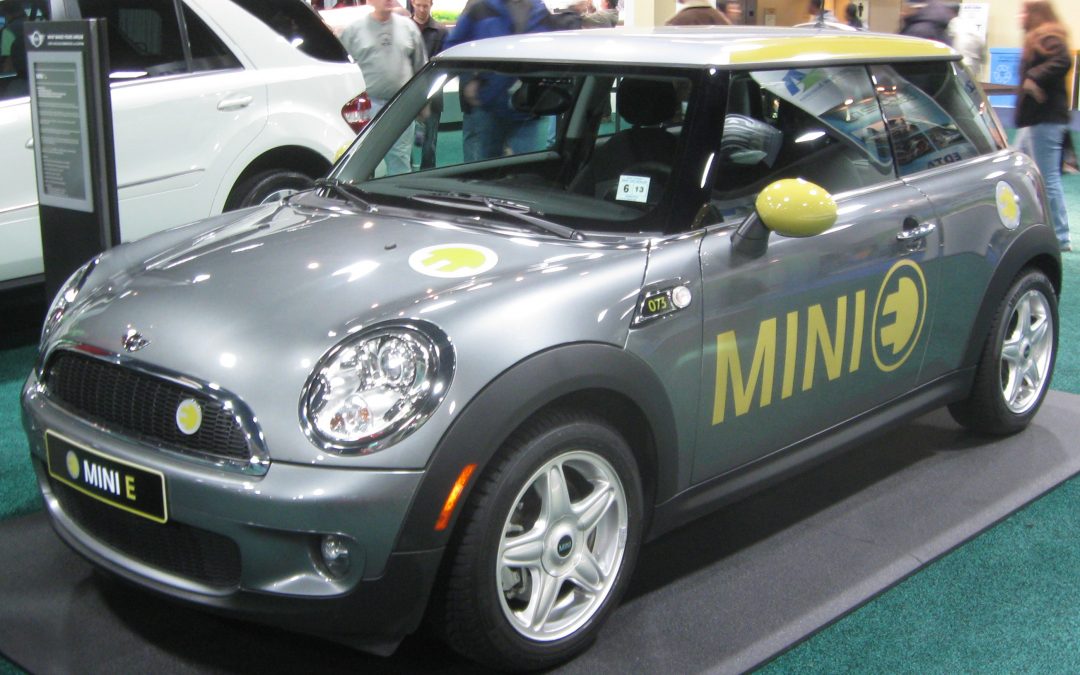
by Chek Digital | May 1, 2018 | BMW, car history
A MINI History
The name MINI is taken from the British Motor Group’s original car, the Austin Mini and Morris Mini. They were small cars, so, in 1959, were aptly named. In 1969, ten years after their creation, the “mini” part of these two car names took over as the marque. BMW bought the Mini in 1996, when it took over Rover Group. The cars would continue to be known as Minis until, in 2003, BMW decided to capitalise. Since then, the car has been called MINI. (more…)
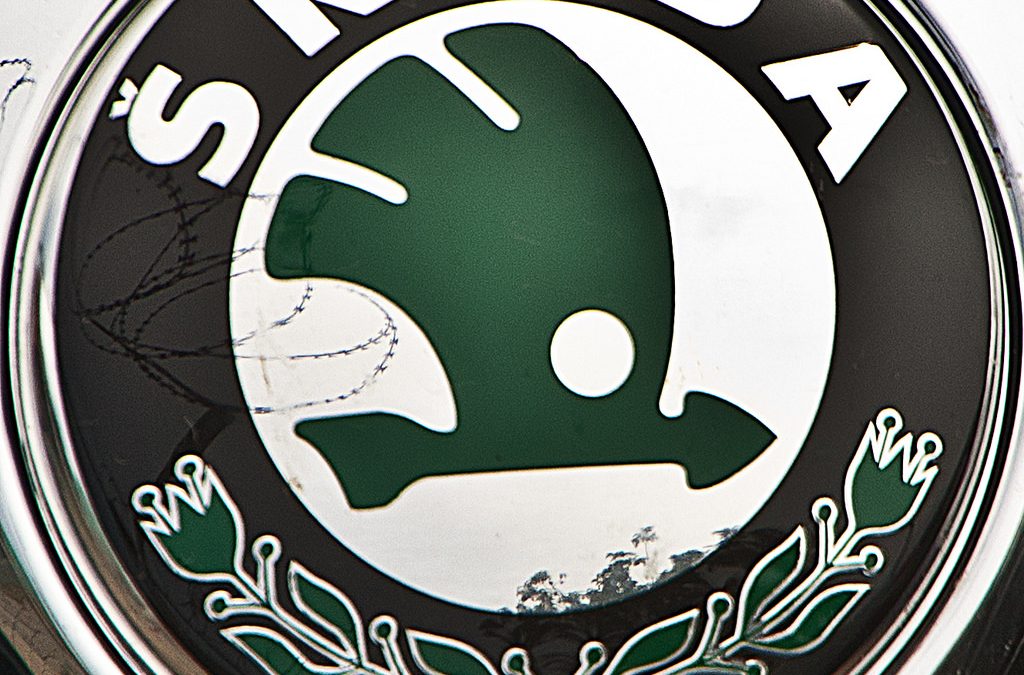
by Chek Digital | Mar 27, 2018 | car history, Skoda
Regular readers of the blog know how much we like names. We’ve written previously on how our other prestige German car brands, Mercedes-Benz, BMW, Volkswagen and Audi, have named their fleets. We’ve also written about the history of Skoda. We are yet, however, to write about how the Czech brand, now a part of the Volkswagen Automotive Group, name their vehicles. This week, that changes, as we present to you: (more…)
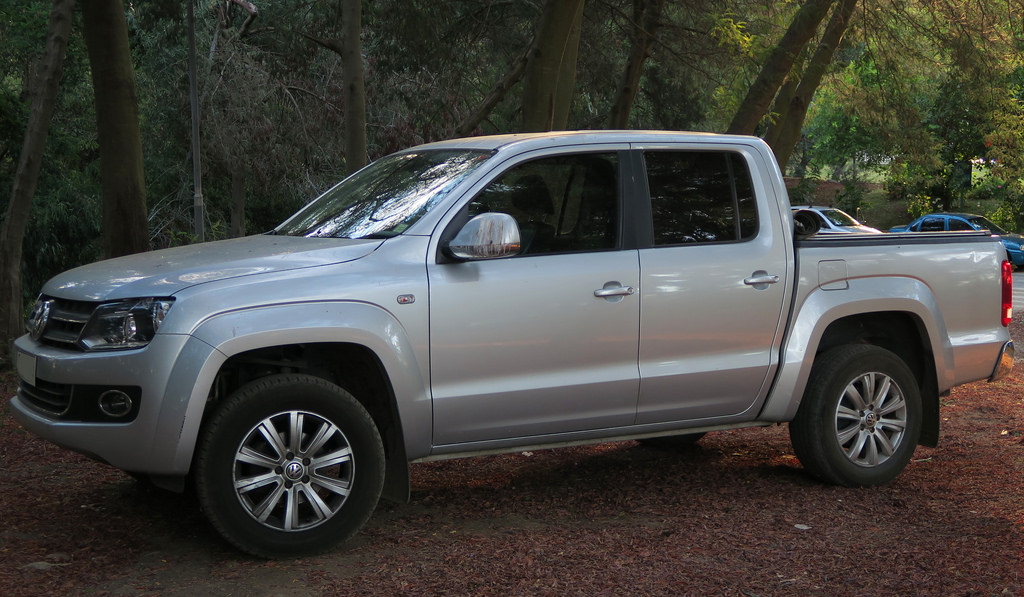
by Chek Digital | Mar 20, 2018 | BMW, car history, Mercedes-Benz, News, Volkswagen
Australia’s ute sales continue to break records. Last year was the second year in a row in which a ute was the most sold car in Australia. Last year, our light commercial vehicle sales grew by over 20%. Utes made up three of the top five vehicles sold, and four of the top ten. Where once utes were rough-and-tumble, workers’ vehicles, the market now exists for prestige, dual-cab utes at once suitable for a 4×4 offroad family holiday, a trip to the office or a hard day’s work on site. Volkswagen’s Amarok is a fine example of this, with sleek design, and comfortable interior, but with a robustness and readiness for rough work and offroad hauls. Since 2010, it has become a favourite of those looking for a little luxury between large loads. Mercedes-Benz is also set to break into Australia’s ute market, with the soon-to-be-released X Class. BMW are also hinting at releasing a prestige ute. This week, we take a look at the X Class, the Amarok, and BMW’s plans for a prestige ute. (more…)









